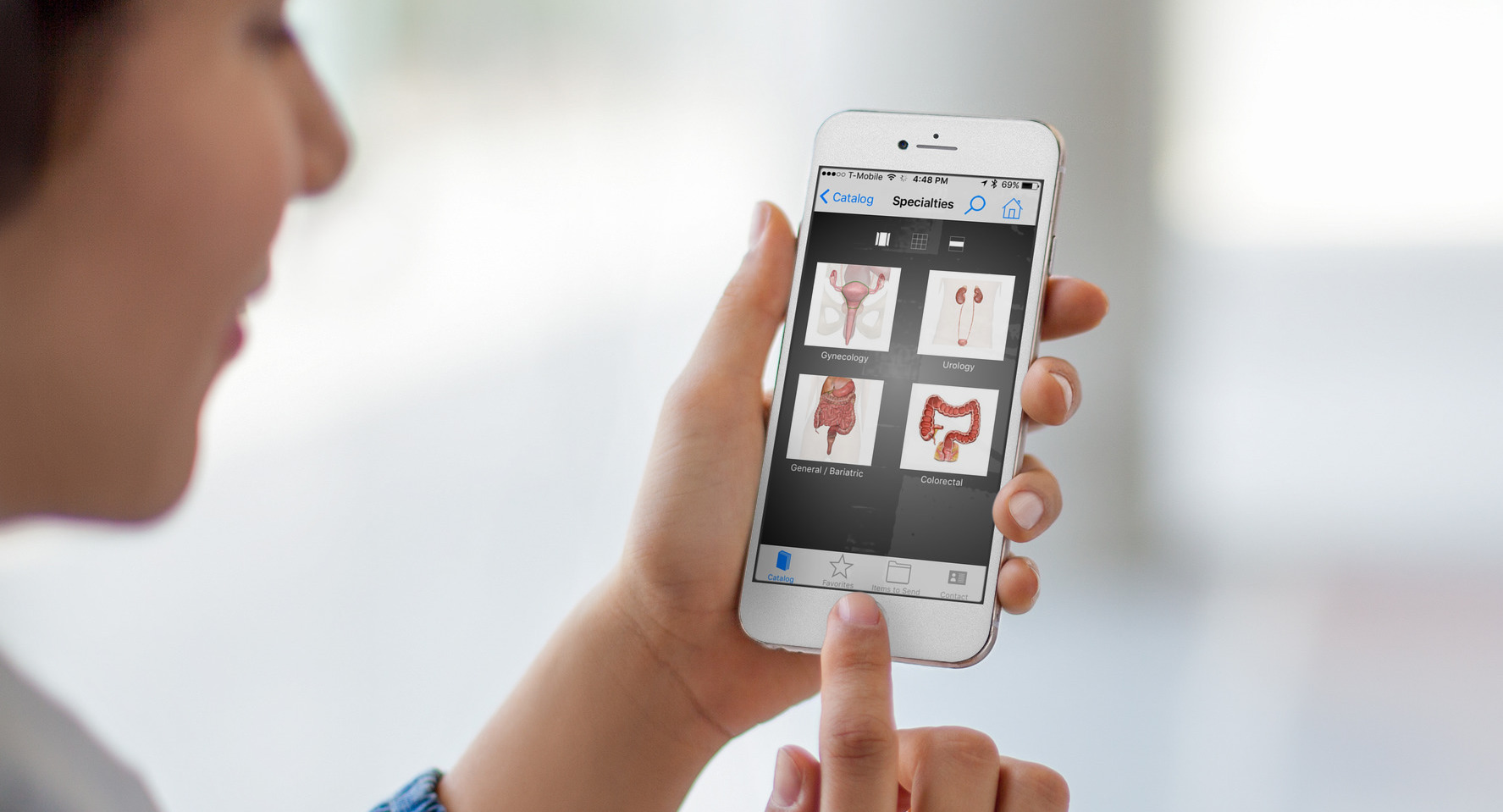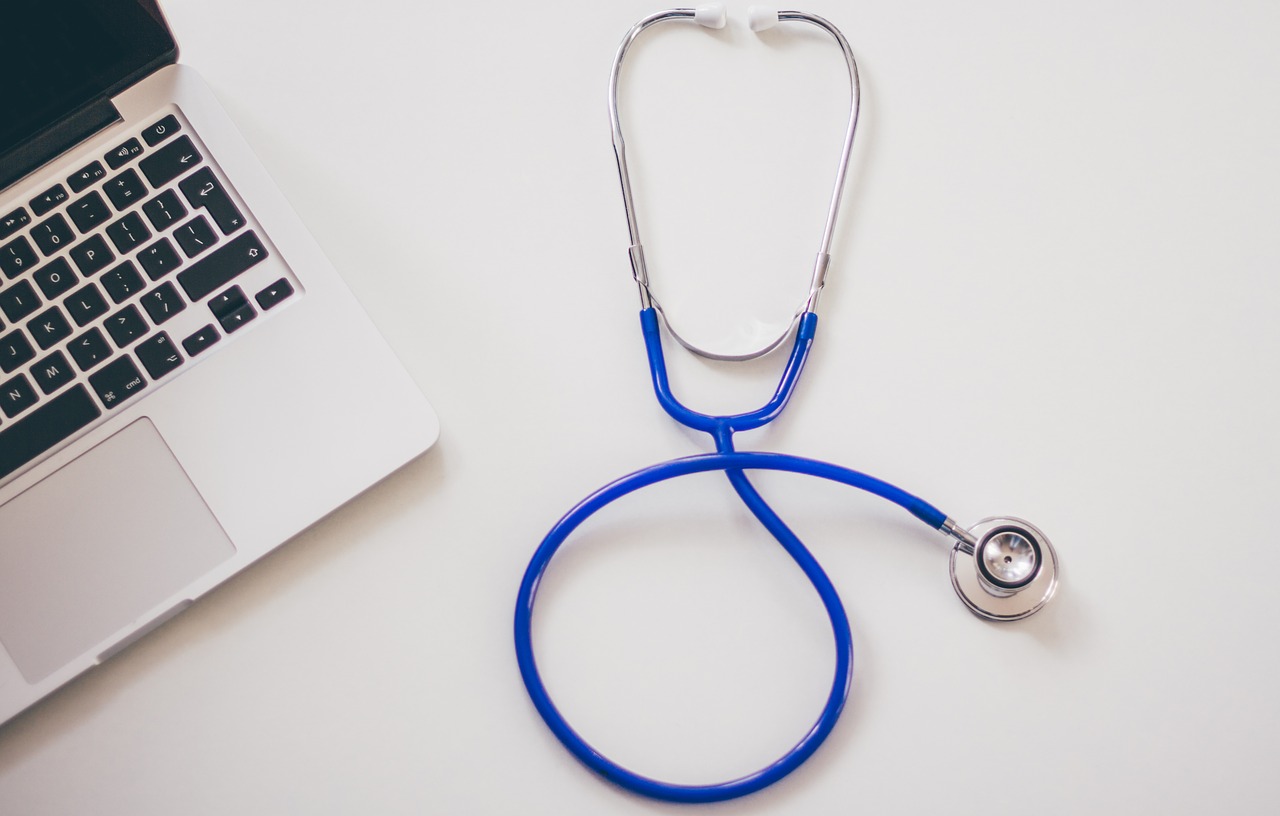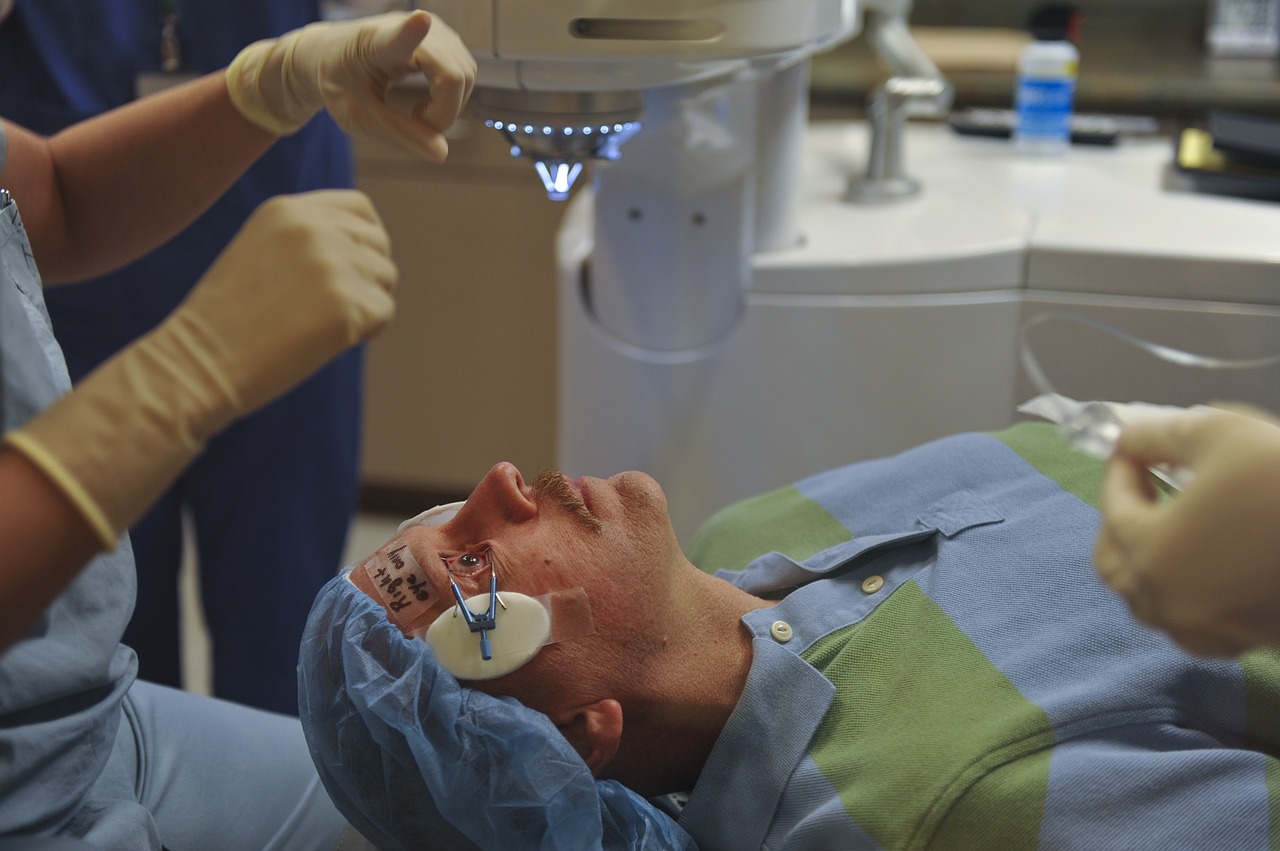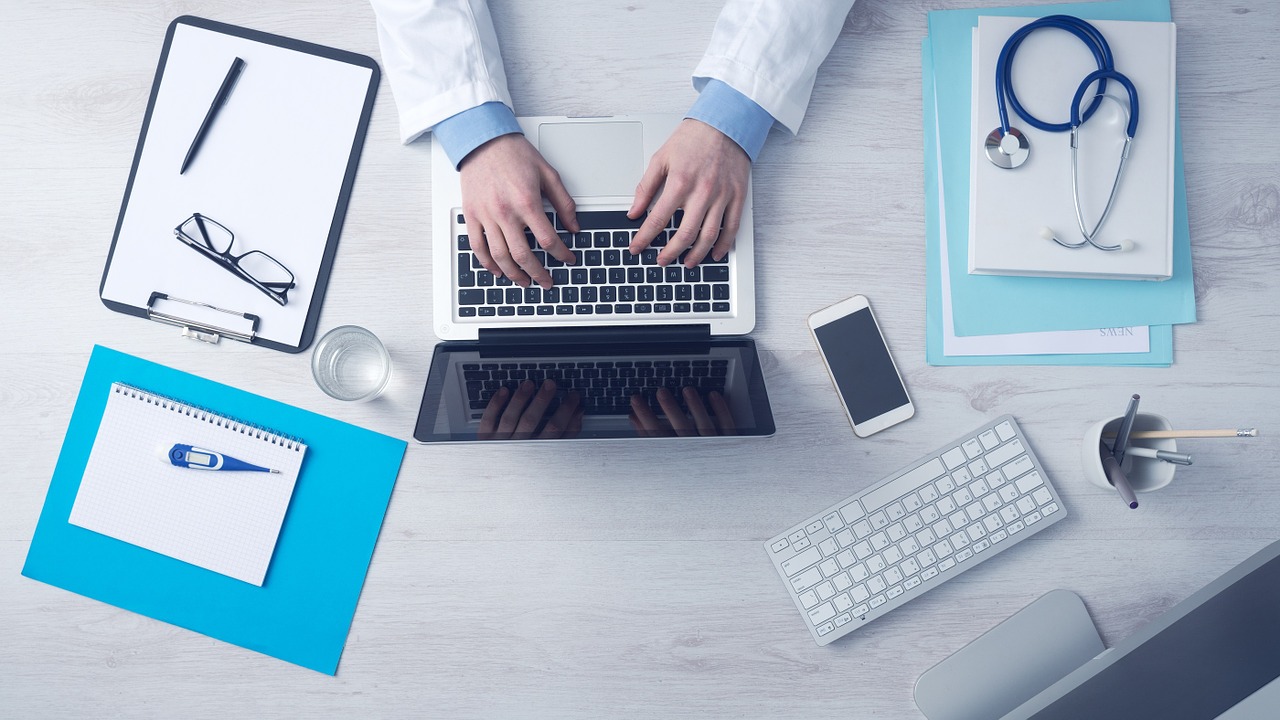[dropcap]T[/dropcap]echnology has taken the financial and retail industry by storm, and now is making ways in the medical and healthcare fields.
Patients in hospitals can message their nurse on hospital iPads versus pressing the nurse-call button, located on the side of the hospital bed, for the on-call nurse.
Meanwhile, patients sitting in waiting rooms can watch health videos, learning more information about their illness or disease.
Going beyond the hospital and the private practice office, patients can use health apps—like Apple’s iOS Health—to track and monitor their vitamin deficiencies, heart rate, and blood pressure among others.
Going even further, technology is in every little pore of medicine. We can thank it for many research breakthrough – from cancer treatment to prostetics.
It is safe to say that technology is not just improving workflow but positively affecting patients’ lives, making them feel more in control of their health. Read on to learn how technology makes this possible!

Thanks to This App, Patients Easily Can Track and Monitor Their Health
The iOS Health app is by far the most integrative and user-friendly in the industry. Because of its ability to import and export data from other mobile apps on the user’s phone, patients get access to the most up-to-date data.
The iOS Health app enables patients to track and monitor their vitamin intake, blood glucose levels, sleep, calories, fitness activities, heart rate, and blood pressure.
This level of functionality makes it easier for patients to adhere to and stay on top of their course of treatment, alleviating stress and allowing the patient to feel (and be) in charge of his or her health instead of a passive observer.
It May Also Be the New Medical ID Bracelet
The iOS Health app does not just have tracking and monitoring capabilities. It has a Medical Identification feature, which allows medical first responders to determine the individual’s identity and medical history without unlocking the phone and breaching the individual’s privacy.
All the individual has to do is go to “Emergency,” then hit “Medical ID” and input their medical information.
Such displays include date of birth, emergency contacts, picture of the individual, name, medical conditions, medical notes, allergies, medications, blood type, organ donor status, and height and weight. If the individual’s health changes, he or she can always update the Medical ID information.

Medical ID Feature Impacts Lives
This capability has the potential to be life-saving, especially if the individual is unconscious. EMT personal can quickly access the individual’s medical information and determine the right course of treatment.
Knowing she has an allergy to epinephrine, an alternative can be used. Not to mention, precious time is saved since the first responders know she has an O positive blood type.
IPads in The Hospital
Apps are not the only way technology is influencing the health industry. In hospitals, iPads are slowly replacing pagers, fax machines, and clipboards.
Patients in hospital beds can use the iPad to message their nurse, make notes, order magazines, learn about their illness, understand the medical side effects to their prescriptions, and reserve rooms for visiting family.
From providing this information upfront, patients have a way to feel in control of their health and not just a passive hospital attendee.
Studying the medical side effects and their illness, patients have the words to have more in-depth discussions with their health providers about their course of treatment.
It also lifts a weight off of doctors, who may use medical jargon or under-explain patient results and courses of action. (Weiss-Aug.com, with prototyping and metal stamping, help medical technology close the patient-provider communication gap.)

Medical Technology Is Not Just for Patients
Medical technology also helps health providers, specifically medical apps.
Medical Spanish
Medical Spanish, a frequently downloaded medical app, helps health providers deliver quality care to Spanish-speaking patients.
Not having access to a Spanish translator and/or not knowing Spanish themselves, health providers can use the app’s audio functions to relay the diagnosis and course of treatment. Aside from audio, the app has search, common phrase, conjugation, and bookmarking features.
Heart Murmur
Another popular app, Heart Murmur, helps medical students study and health providers brush up on the heart murmurs, by giving clinically relevant information on all 23 heart sounds.
The app also provides the description, etiology, pathophysiology, clinical presentation, physical exam findings, treatment options, and other information involving heart murmurs. It even has quizzes for medical students and health providers to test (and retest) themselves.
Final Thoughts
While technology is making leaps and strides in the medical industry, it still has far to go. While patients may adapt to the new technology fast, doctors—used to doing their jobs with fax machines and clipboards—may have a harder time.
Also, there are HIPAA regulations to consider, not to mention, hospitals using technology devices that comply with them may not be reimbursed. Still, medical technology is closing the communication gaps between health providers and patients, and allowing for better quality of care.
How else has technology impacted the health industry? Leave a comment!









![Canadian Senate Commends Burna Boy, Notes Grammy Winner’s Sold Out Shows [WATCH] entertainment activities Nigerian Singer Burna Boy](https://www.thetrentonline.com/wp-content/uploads/2019/11/https___cdn.cnn_.com_cnnnext_dam_assets_191001102612-burna-boy-at-coachella.jpg)



